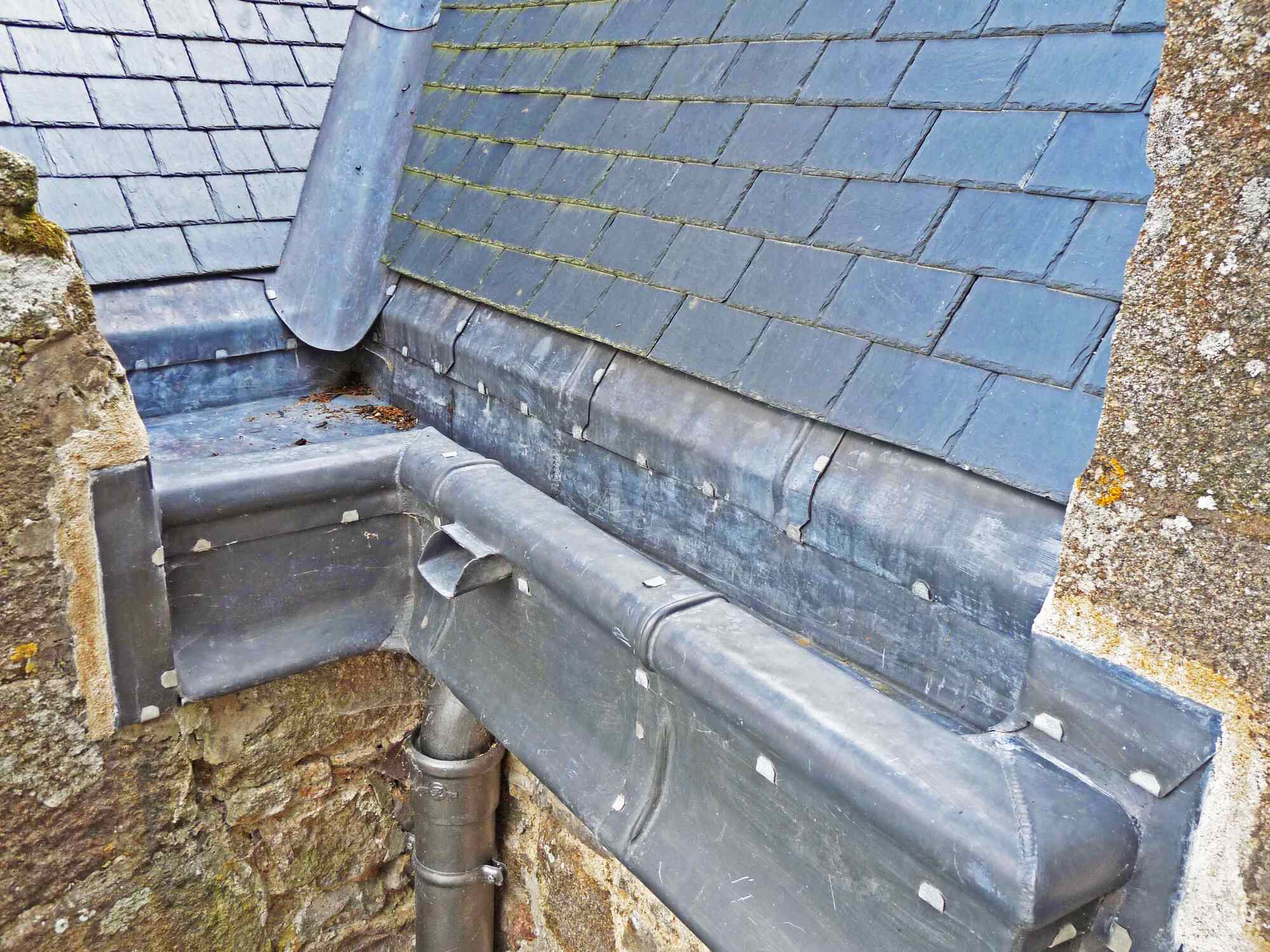

Articles
When Were Gutters Invented
Modified: January 8, 2024
Discover the history and evolution of gutters in this fascinating article. Learn when gutters were invented and how they have transformed over the years.
(Many of the links in this article redirect to a specific reviewed product. Your purchase of these products through affiliate links helps to generate commission for Storables.com, at no extra cost. Learn more)
Introduction
Welcome to the fascinating world of gutters! You may not give them much thought on a daily basis, but gutters play a vital role in protecting our homes and buildings from water damage. They have been around for centuries, evolving and improving over time. In this article, we will explore the history and development of gutters, from their ancient beginnings to the modern era.
Gutters are an essential part of a building’s drainage system, collecting rainwater and redirecting it away from the foundation, walls, and roof. By doing so, they prevent water damage, erosion, and other issues that can compromise the structural integrity of a building. While we often associate gutters with modern construction, their origins can be traced back to ancient civilizations.
Key Takeaways:
- Gutters have a rich history dating back to ancient civilizations like Egypt and Rome, evolving from simple clay channels to sophisticated, eco-friendly systems with smart technology and seamless designs in the modern era.
- The Industrial Revolution revolutionized gutter production, making them more affordable, accessible, and standardized. Today, gutters have reached new heights of efficiency and sustainability, contributing to water conservation and environmental sustainability.
Read more: When Were Rugs Invented
Ancient Gutter Systems
The concept of gutter systems can be traced back thousands of years to ancient civilizations. In ancient Egypt, for example, evidence of rudimentary gutter systems has been found in the form of clay drainage pipes and channels. These early gutters were designed to collect rainwater and redirect it away from the buildings, preventing flooding and water damage.
In ancient Rome, another civilization known for its impressive engineering feats, gutters played a vital role in the construction of the famous aqueducts. These aqueducts transported water over long distances, supplying cities with fresh water. Alongside these impressive structures, Romans also developed gutter systems to control the flow of rainwater and prevent erosion and structural damage.
Ancient civilizations in the Middle East, such as the Mesopotamians and Babylonians, also utilized gutter systems in their architectural designs. These innovative early civilizations recognized the importance of directing excess water away from their structures to avoid water damage.
While the gutter systems of ancient civilizations were effective to some extent, they were often simple and lacked the advanced features we find in modern gutters. They were typically made of stone, clay, or even wood and consisted of channels or troughs that directed water away from the building.
As civilizations advanced and knowledge and technology evolved, so did the design and functionality of gutter systems. The innovations of the Roman Empire, in particular, paved the way for further advancements in gutter technology.
Roman Gutter Innovations
The Roman Empire was renowned for its engineering prowess, and its advancements in gutter technology were no exception. The Romans took gutters to new heights by refining their design and incorporating sophisticated features.
One key innovation introduced by the Romans was the use of lead for gutter construction. Lead was a durable and malleable material that allowed for the creation of intricate gutter systems. The Romans utilized lead sheets to create gutters that fit snugly along the edges of roofs, effectively capturing rainwater and directing it away from the building.
Another notable Roman innovation was the development of the spout, known as the cippus. The cippus was a decorative stone or metal structure placed at the end of a gutter to control the flow of water. These spouts not only served a practical purpose but also added a decorative element to Roman architecture.
Roman engineers also recognized the need for gutter maintenance. To facilitate easy access for cleaning and repair, they constructed walkways or platforms called compluviums. These raised paths ran alongside the gutters, providing a safe and convenient way for workers to access and maintain the gutter systems.
The Roman advancements in gutter technology spread throughout their vast empire, influencing the development of similar systems in neighboring regions and civilizations. The legacy of Roman gutter innovations can still be seen in the architecture of ancient sites today.
However, with the decline of the Roman Empire, the development of gutter technology slowed down, and the focus shifted to other aspects of construction and architectural design.
Medieval Development of Gutters
The medieval period brought about new challenges and innovations in architecture and construction, including the development of gutters. During this time, the use of gutters became more widespread as buildings grew larger and more complex.
One of the significant changes in gutter design during the medieval era was the transition from stone and lead to more accessible materials such as wood and clay. These materials allowed for easier installation and maintenance of gutter systems, making them more accessible to a wider range of buildings.
In castles and fortresses, where defense and security were paramount, the design and placement of gutters had to be strategic. Gutter systems were often integrated into the structure itself, hidden behind parapets or within the walls. This concealed design not only protected the gutters from damage but also maintained the aesthetic unity of the castles.
Medieval gutter systems also featured the use of downspouts, allowing for more efficient drainage. These downspouts were typically made of wood or clay and helped channel the collected rainwater from the gutters down to the ground. In some cases, the downspouts were designed to resemble sculptures or gargoyles, adding a decorative element to the architecture.
During the medieval period, the role of gutters expanded beyond merely directing rainwater away from the building. They were now seen as integral components of the entire building’s drainage system, working in conjunction with drainpipes and underground drainage networks.
Overall, the medieval period saw significant developments in gutter technology, with a focus on functionality and integration within the architectural design. However, it would be the Renaissance and the 17th century that would bring about even more advancements in gutter innovation.
The first known use of gutters was in ancient Rome, where they were made of stone and used to channel rainwater away from buildings. This invention dates back to around 27 BC.
Renaissance and 17th Century Advances in Gutter Technology
The Renaissance and the 17th century marked a period of great innovation and advancement in many fields, including architecture and construction. During this time, gutter technology saw significant improvements as builders and architects sought to enhance both the functionality and aesthetics of their structures.
One notable advancement during the Renaissance was the reintroduction of lead as a primary material for gutter construction. Lead was valued for its durability, malleability, and resistance to corrosion, making it an ideal choice for gutter systems. Lead gutters could be intricately designed and custom-fit to the unique architectural features of each building.
The 17th century also saw the introduction of gutters with a more streamlined design. Rather than using troughs or channels, builders began implementing a U-shaped and V-shaped gutter profile. This shape not only improved the flow of water but also made the gutters less susceptible to debris accumulation.
Another significant development during this period was the incorporation of gutter accessories and features to improve functionality. For instance, some gutters were equipped with built-in leaf guards or mesh screens to prevent the accumulation of leaves and other debris that could cause clogging. Additionally, the use of hinged and removable gutter sections made maintenance and cleaning much easier.
Architects and builders in the Renaissance and the 17th century also began to pay more attention to the aesthetic aspect of gutter design. Gutters were no longer viewed as purely functional elements but were seen as opportunities for architectural embellishment. Elaborate, ornate, and decorative gutter profiles emerged, often featuring intricate patterns and motifs that matched the overall decorative style of the building.
In the 17th century, advancements in metalworking and casting techniques allowed for the creation of more elaborate and elegant gutter designs. These metal gutters, often made of copper or iron, added a touch of grandeur to buildings, particularly in grand mansions and palaces.
The Renaissance and the 17th century not only brought about advancements in gutter technology but also highlighted the importance of well-designed and efficient gutter systems in architectural construction.
Read more: When Were Curtains Invented
The Industrial Revolution and Mass Production of Gutters
The Industrial Revolution, which spanned from the late 18th to the early 19th century, ushered in a new era of manufacturing and mass production across various industries. This period of innovation had a significant impact on the production and availability of gutters.
Prior to the Industrial Revolution, gutter systems were mostly handmade and individually tailored to each building. This process was time-consuming and labor-intensive, making gutters relatively expensive and inaccessible for many property owners.
However, with the rise of industrialization, new manufacturing techniques and machinery transformed the production of gutters. Metalworking processes, such as rolling and stamping, enabled the mass production of gutter components, reducing both cost and time. This made gutters more affordable and accessible to a wider range of buildings and property owners.
The availability of standardized gutter components also meant that installation became more efficient and faster. Builders could now assemble gutter systems using pre-fabricated parts, cutting down on labor and installation time.
During the Industrial Revolution, materials for gutter construction also expanded beyond lead, wood, and clay. The widespread availability of metals such as galvanized steel and aluminum allowed for the development of more durable and corrosion-resistant gutter systems. These materials offered increased longevity and reduced the need for frequent repairs or replacements.
The mass production of gutters also spurred the growth of the gutter industry. Specialized companies emerged to meet the growing demand for gutter products and services. These companies focused on manufacturing, installation, and maintenance of gutter systems, providing expertise and reliable services to property owners.
Moreover, advancements in transportation during the Industrial Revolution made it easier to distribute gutter products to various regions. Gutters could now be transported to different parts of the country and even exported to international markets, further expanding their availability and adoption.
The mass production of gutters during the Industrial Revolution played a crucial role in popularizing their use and ensuring that every building could benefit from proper drainage and water management.
Gutters in the Modern Era
In the modern era, gutters have become an integral part of nearly every residential and commercial building. Advancements in technology, materials, and construction practices have further improved the functionality, durability, and aesthetics of gutter systems.
One significant development in the modern era is the use of seamless gutters. Unlike traditional sectional gutters that require multiple pieces to be joined together, seamless gutters are custom-made on-site to fit the precise dimensions of the building. This seamless design minimizes the risk of leaks and improves the overall efficiency of the gutter system.
Another innovation in gutter technology is the use of higher-quality materials such as PVC, stainless steel, and copper. These materials are highly durable, resistant to corrosion, and require minimal maintenance. Additionally, they offer a wide range of aesthetics, allowing property owners to choose gutter systems that complement the architectural style of their building.
The rise of eco-conscious construction and sustainability has also influenced the development of gutter systems. Many modern gutters feature features such as water collection and filtration, allowing property owners to collect rainwater for various uses, such as irrigation and non-potable water needs.
Furthermore, advancements in gutter accessories and technologies have further improved the functionality and performance of gutter systems. For instance, gutter guards, screens, and leaf filters help prevent the accumulation of debris, reducing the frequency of gutter cleaning and minimizing potential clogs.
Additionally, gutter systems can now be enhanced with features such as heating elements to prevent ice dams from forming during colder months. These heating systems ensure that water flows smoothly through the gutters, preventing damage caused by ice buildup.
In the digital age, technology has even found its way into gutter systems. Smart gutters equipped with sensors and monitoring systems can detect clogs, leaks, or other issues, sending alerts to property owners or maintenance professionals for timely intervention.
With the increasing focus on sustainability and energy efficiency, gutter systems have also been integrated into green building practices. Strategies such as green roofs and rainwater harvesting systems incorporate gutters as part of an overall eco-friendly approach to water management and conservation.
The modern era has seen a remarkable transformation of gutters from simple rainwater drainage systems to sophisticated and efficient components of building design. As technology continues to advance, we can expect further innovations that improve the performance and sustainability of gutter systems.
Conclusion
Gutters have come a long way in their journey through history. From ancient civilizations utilizing simple clay channels to the advanced gutter systems of the modern era, these essential components have played a crucial role in protecting our buildings from water damage and maintaining their structural integrity.
The development of gutter technology has been driven by the need for efficient water management, architectural aesthetics, and the availability of materials and manufacturing techniques. Ancient civilizations laid the groundwork, recognizing the importance of directing rainwater away from their structures. The Romans innovated with lead gutters and decorative spouts, setting the stage for further advancements.
During the medieval period, gutters became more widespread, incorporating materials like wood and clay, and being strategically designed to blend with the architecture. The Renaissance and 17th century brought about refined designs, the reintroduction of lead gutters, and a harmonious integration of functionality and aesthetics.
The Industrial Revolution revolutionized gutter production, making them more affordable, accessible, and standardized. Mass production and the use of durable materials increased the lifespan of gutter systems, while advancements in transportation expanded their availability and distribution.
In the modern era, gutters have reached new heights of efficiency and sustainability. Seamless gutters, higher-quality materials, eco-friendly features, and smart technologies have enhanced their performance, durability, and convenience.
As we look back at the history of gutters, it becomes apparent just how essential they are for our homes and buildings. They not only protect our structures but also contribute to water conservation and environmental sustainability.
Gutters have evolved alongside human ingenuity and technological advancements, adapting to the ever-changing needs of society. With ongoing developments in construction practices, materials, and technology, we can anticipate even greater innovations in the future.
So, the next time you see gutters lining the edges of a building, take a moment to appreciate the centuries of progress and innovation that have gone into creating these unsung heroes of water management.
Frequently Asked Questions about When Were Gutters Invented
Was this page helpful?
At Storables.com, we guarantee accurate and reliable information. Our content, validated by Expert Board Contributors, is crafted following stringent Editorial Policies. We're committed to providing you with well-researched, expert-backed insights for all your informational needs.
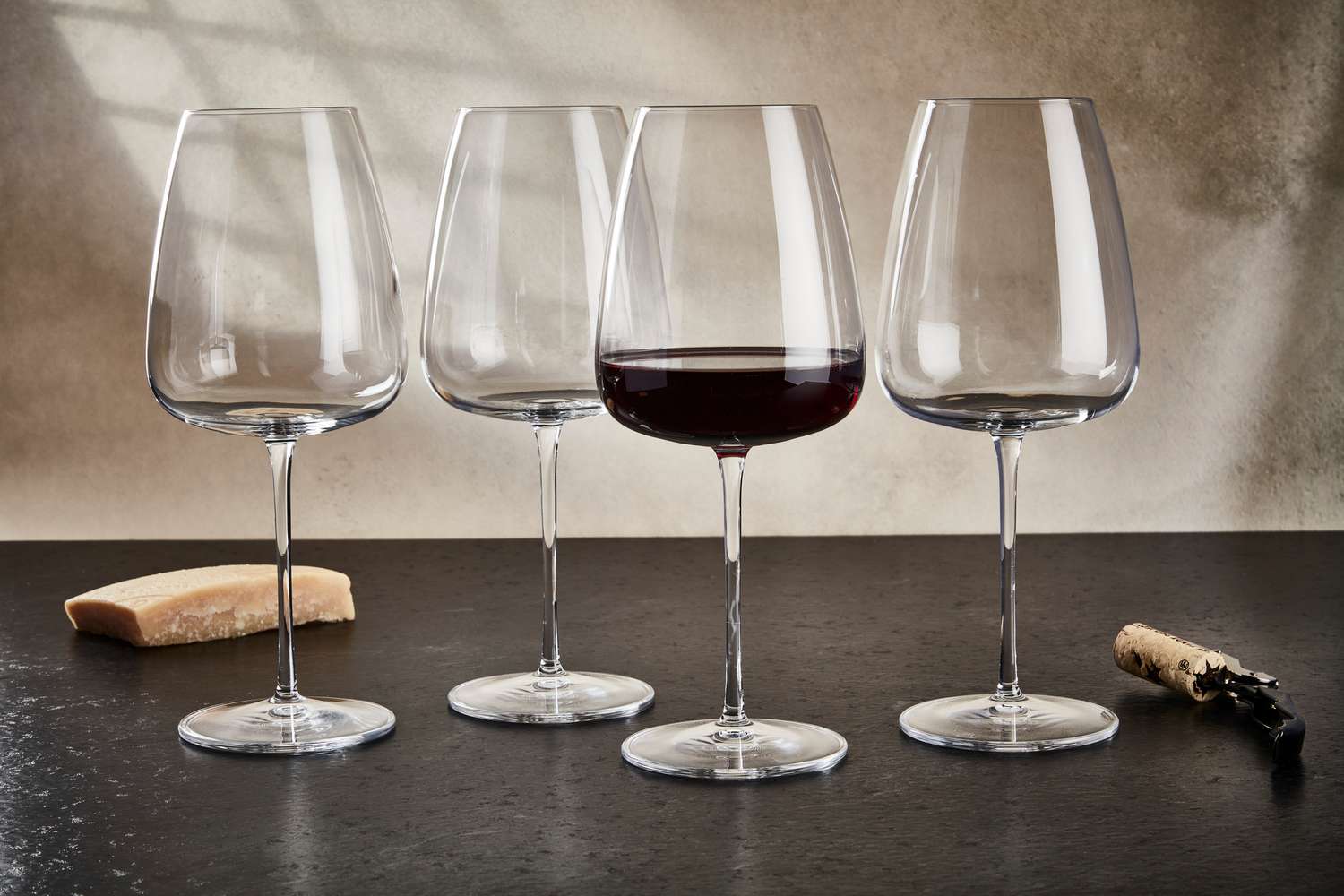
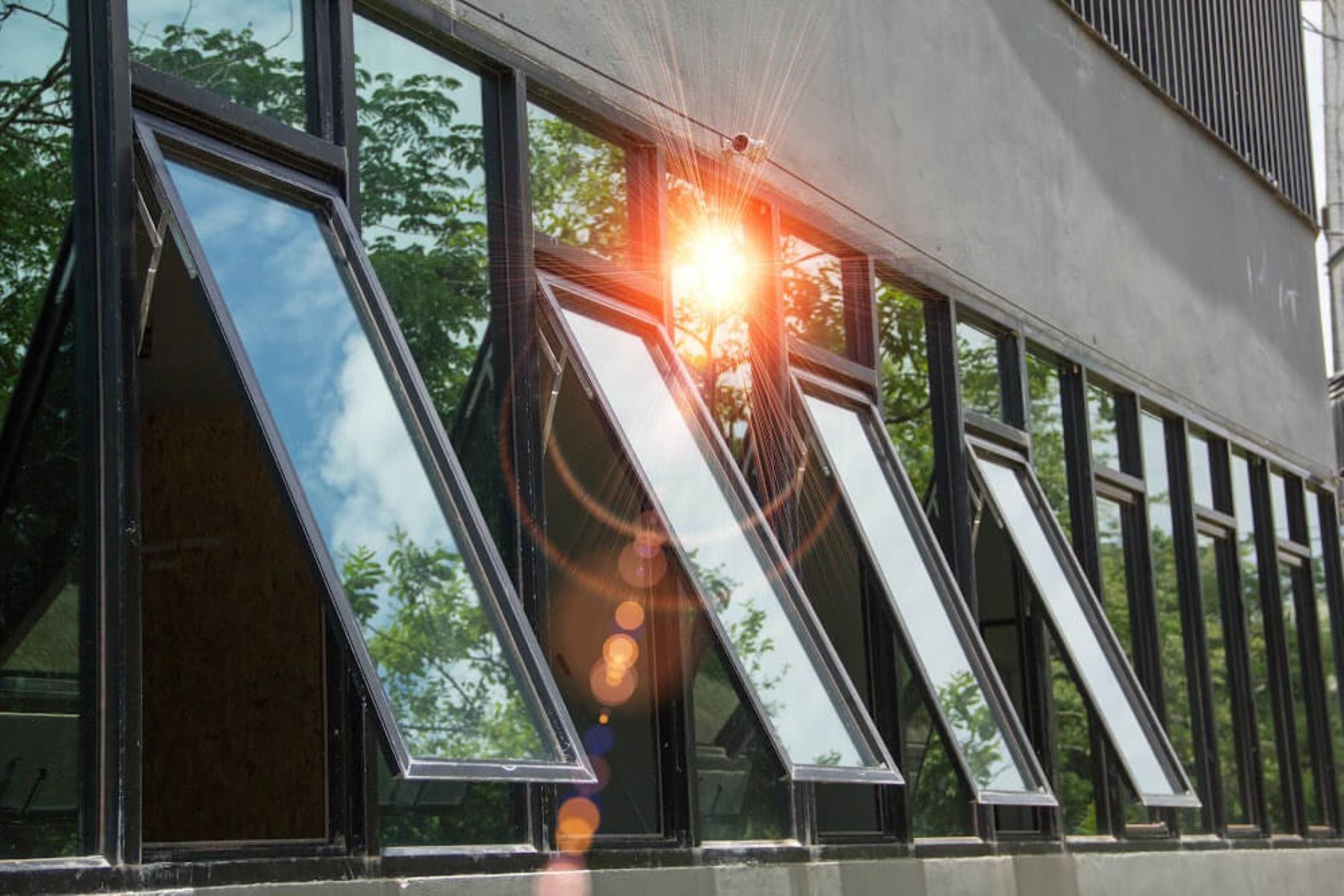


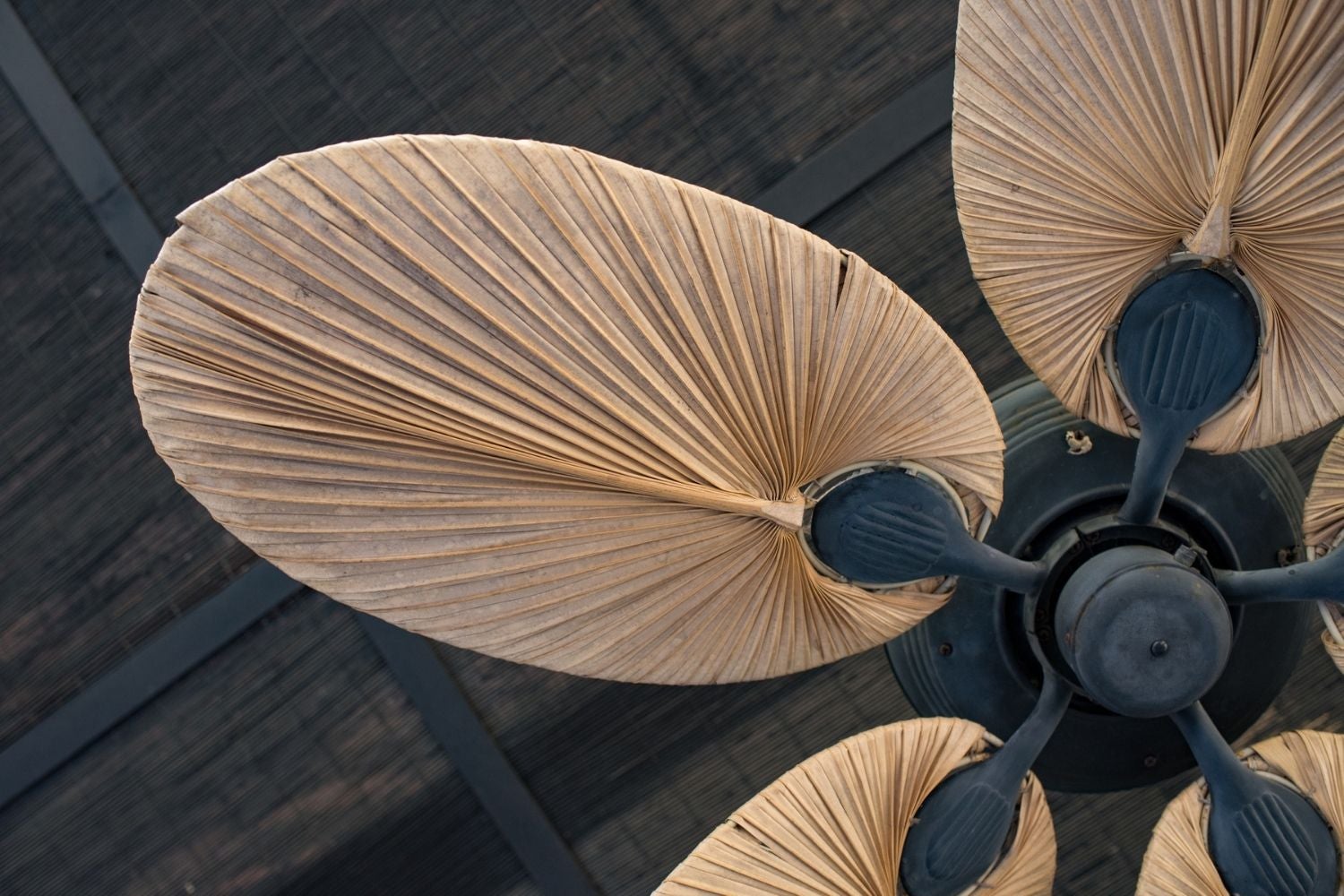
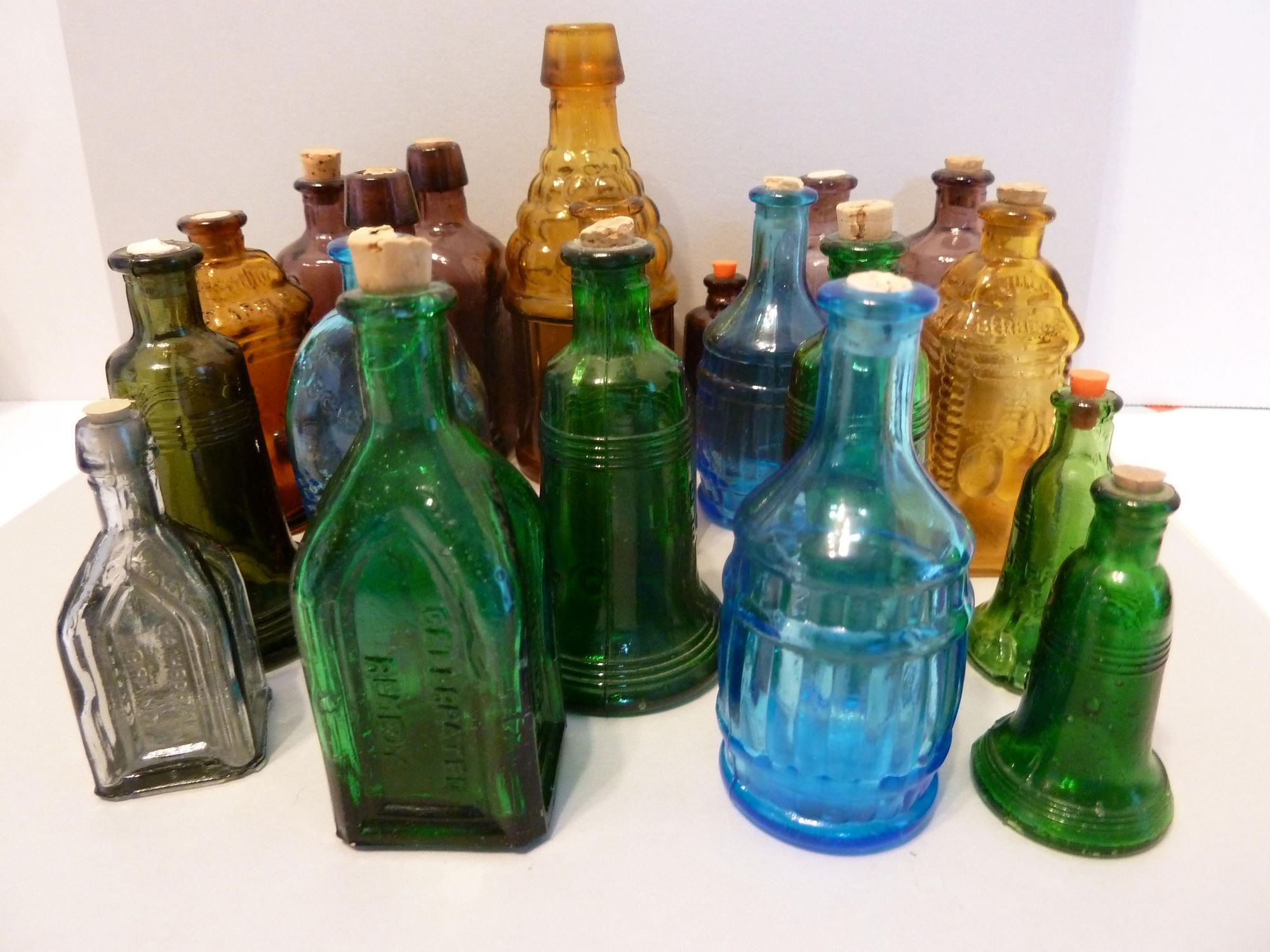
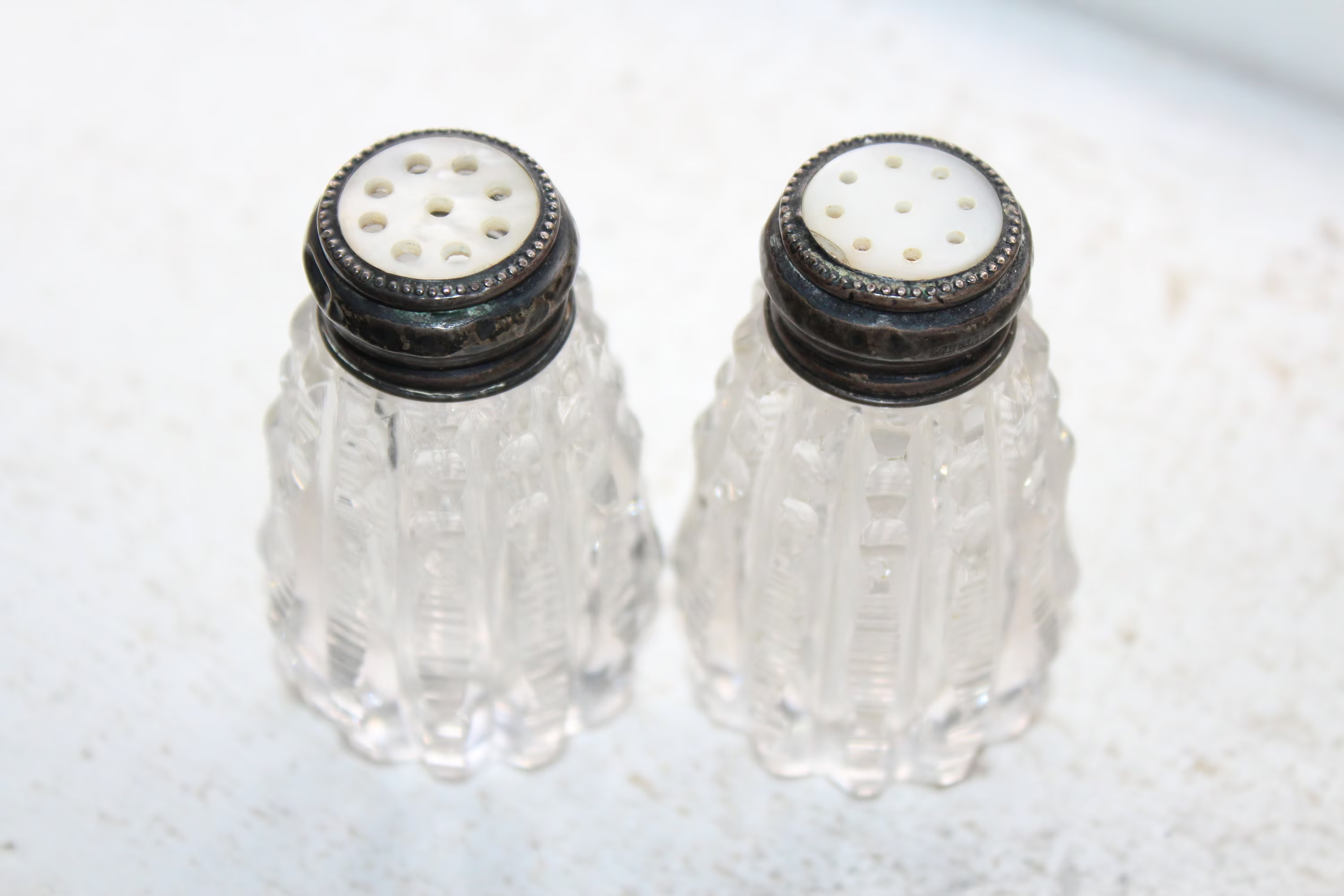
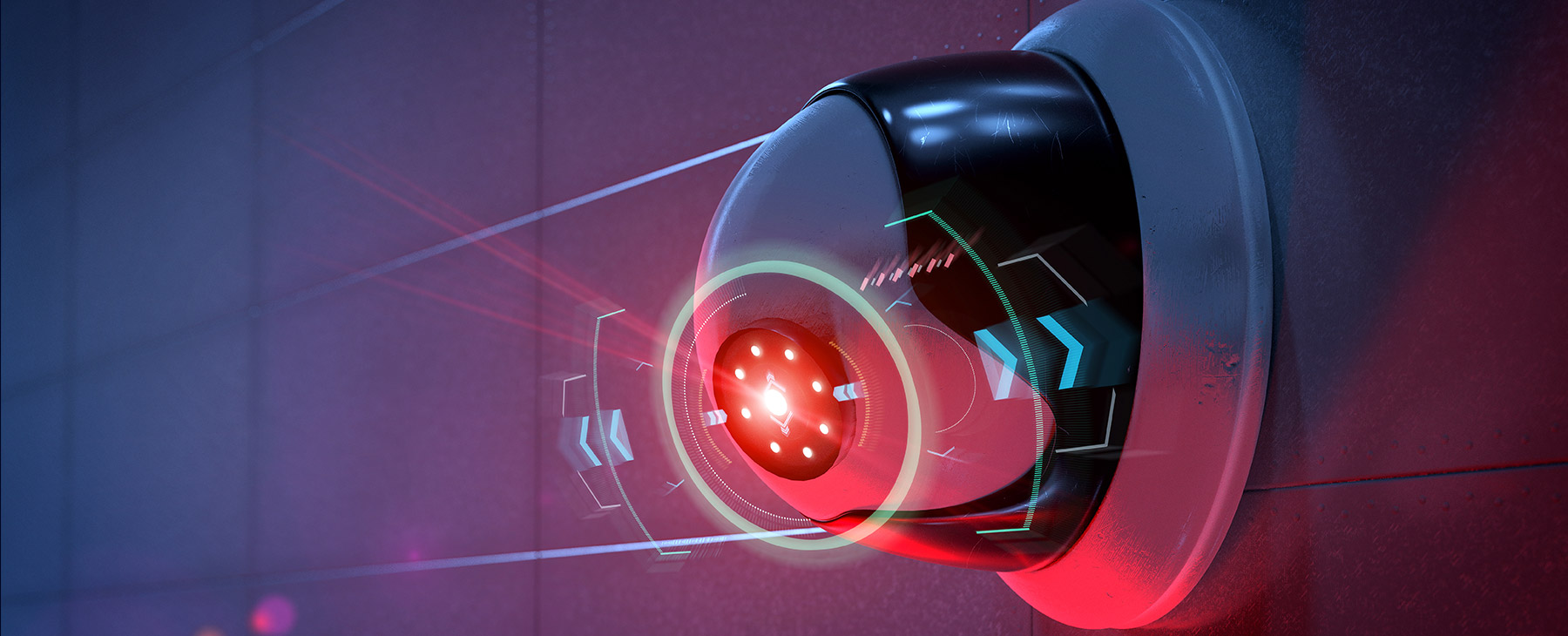
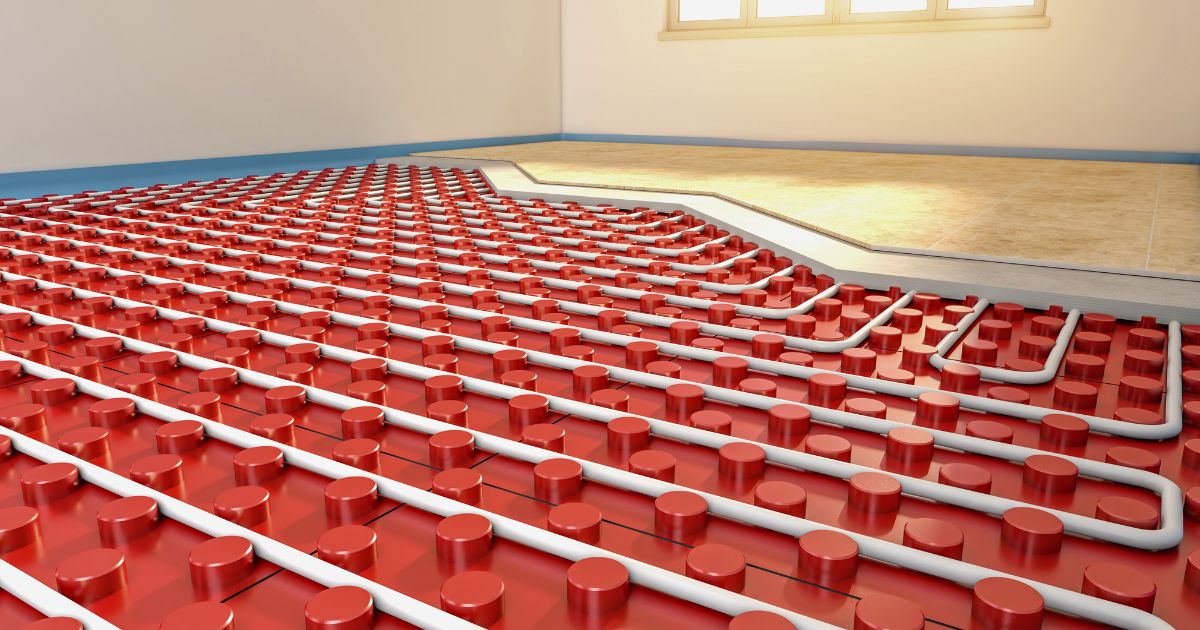
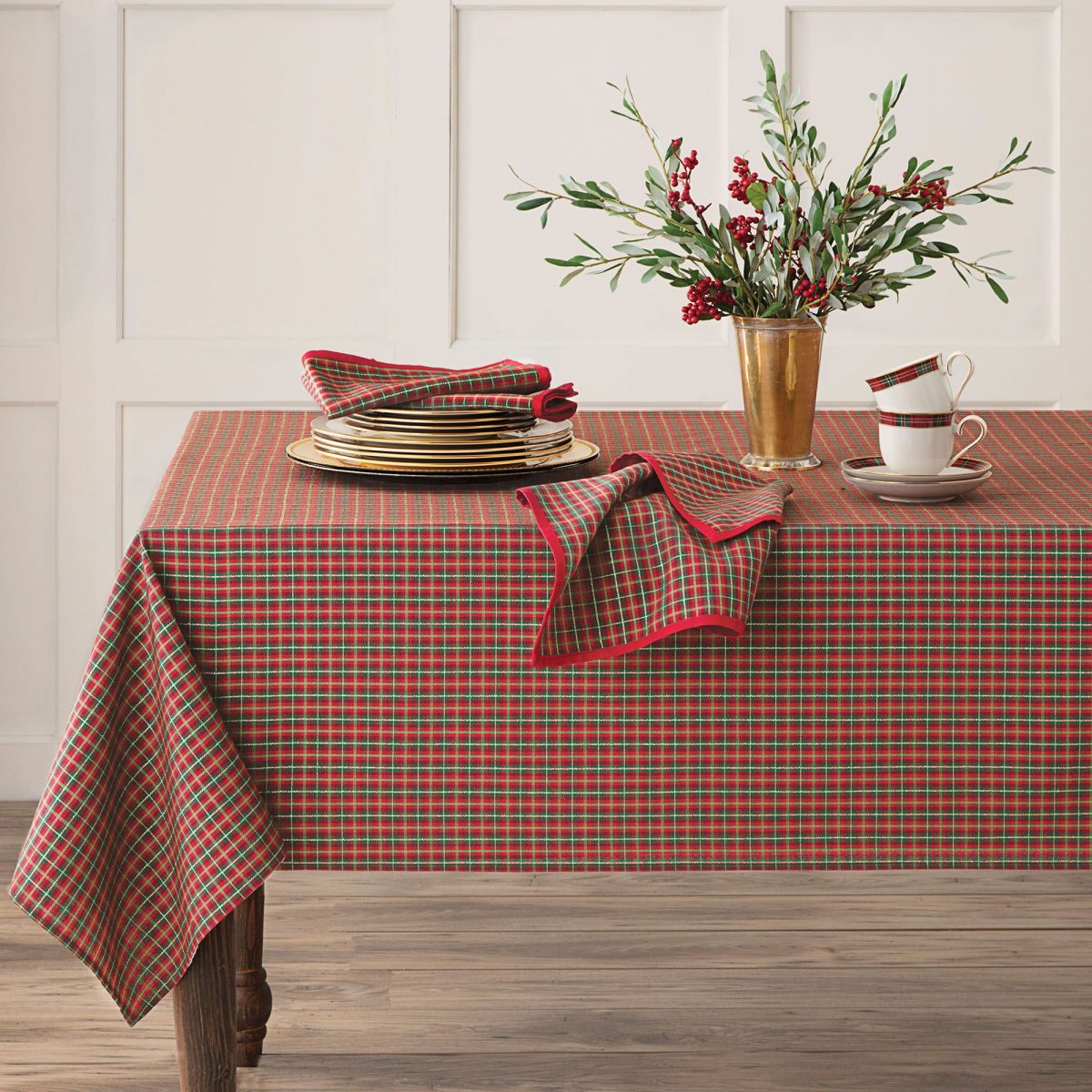


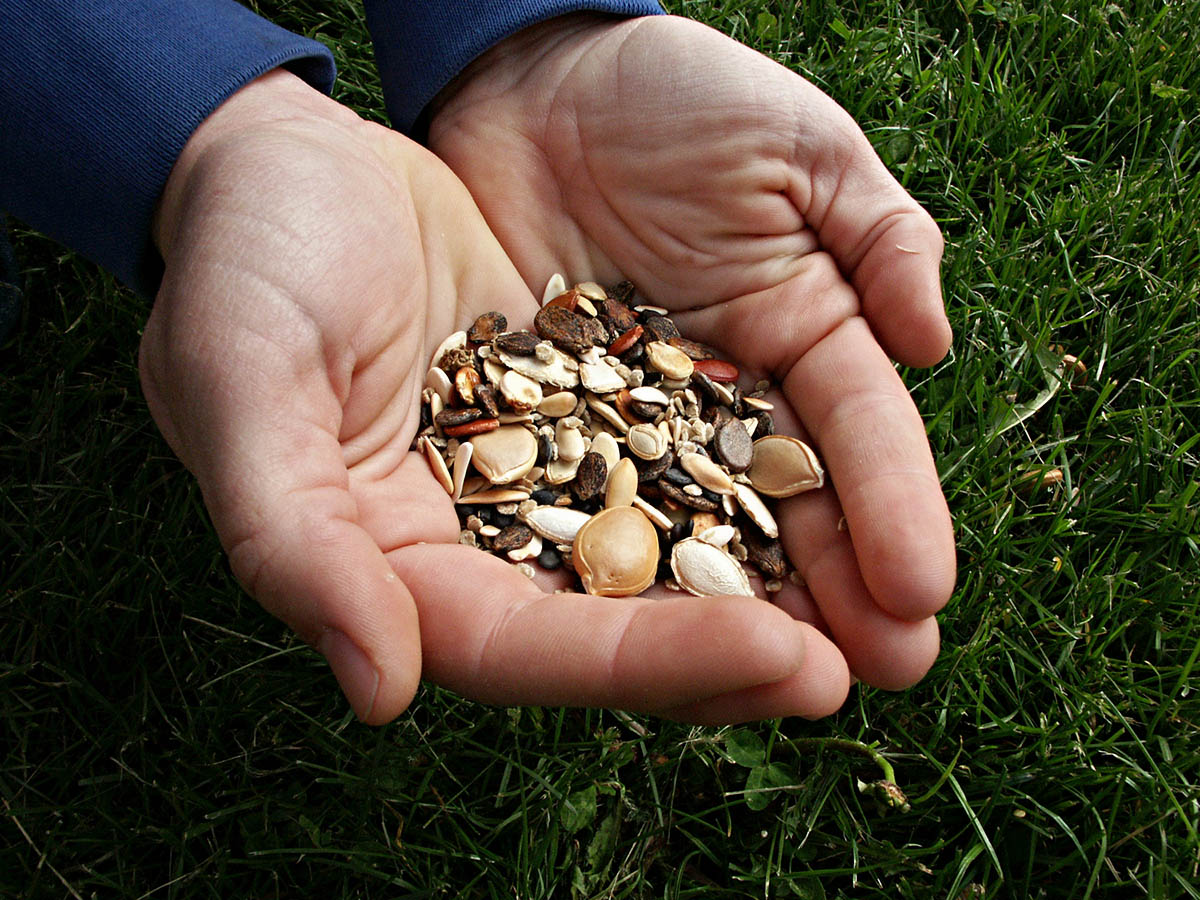


0 thoughts on “When Were Gutters Invented”